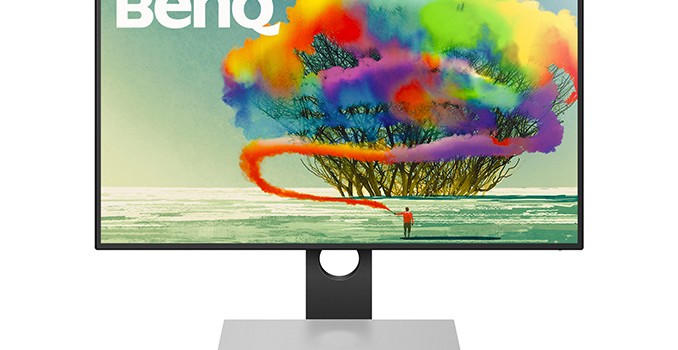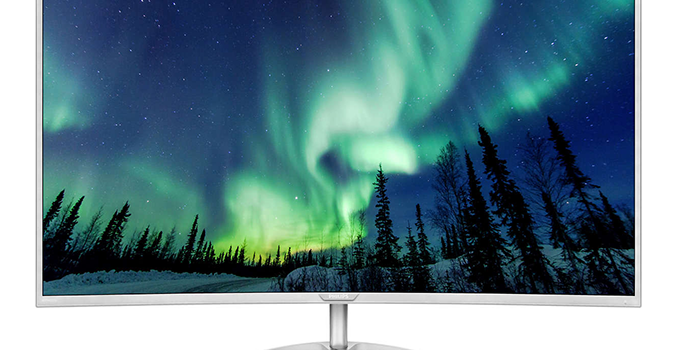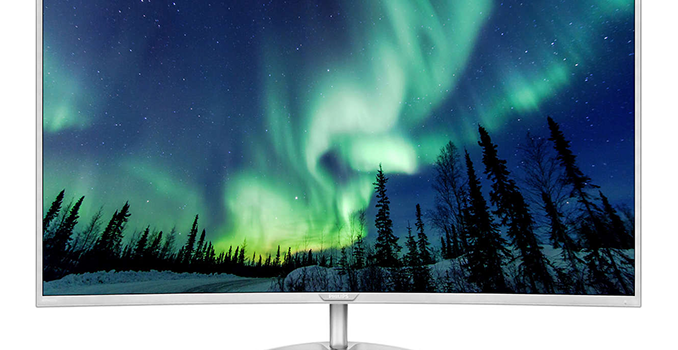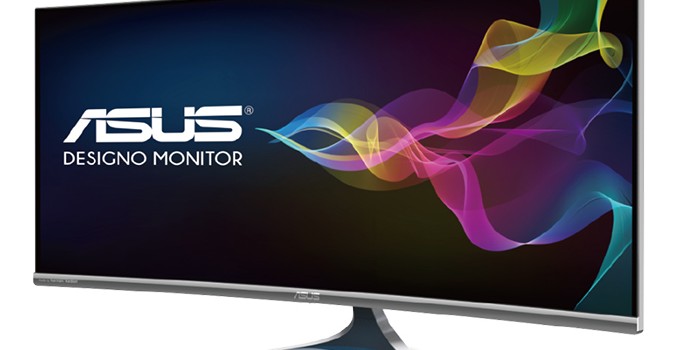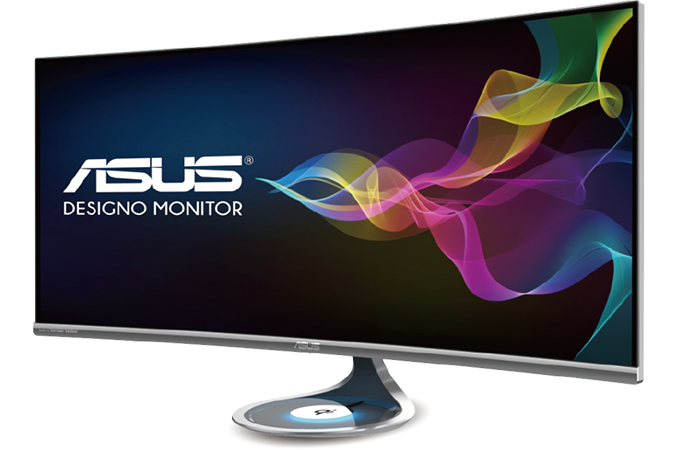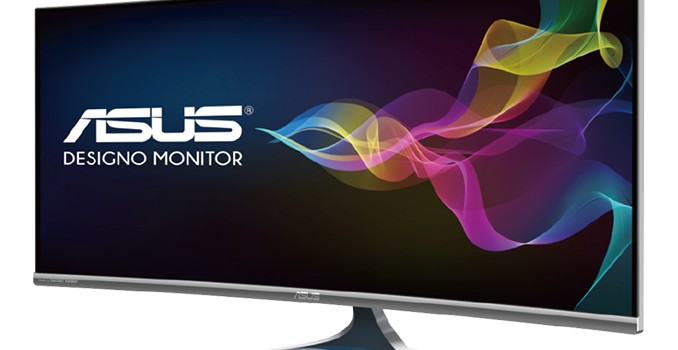BenQ PD2710QC Announced: 27″ 2560×1440 with Integrated USB Type-C Dock
Last week BenQ introduced its new display with QHD resolution that has an integrated USB 3.0 Type-C dock. Aside from the dock, the 27” monitor’s big selling point is support for 100% sRGB. This goes in tandem with additional modes specifically aimed at CAD/CAM, Animation and Darkroom environments. The new display is among the first monitors with a USB-C connector as well as docking capabilities.
The manufacturer does not disclose too many details about the unit, but given that the monitor belongs to the PD-series from BenQ for designers and engineers, it is logical to expect it to use an IPS or a VA panel with 178° viewing angles and a 60 Hz refresh rate. Meanwhile, covering 100% sRGB should suggest that the display supports 1.07 billion colors (8-bit + FRC), which is enough for typical office and web design workloads. To further appeal to the target audience, the monitor features CAD/CAM, Animation, and Darkroom modes calibrated for particular types of applications, but BenQ does not disclose how this affects color accuracy.
| BenQ Display with USB-C Dock | ||
| PD2710QC | ||
| Panel | 27″ IPS or VA | |
| Native Resolution | 2560 × 1440 | |
| Maximum Refresh Rate | 60 Hz (?) | |
| Response Time | unknown | |
| Brightness | unknown | |
| Contrast | unknown | |
| Viewing Angles | 178°/178° horizontal/vertical (?) | |
| Inputs | 1 × USB Type-C (DisplayPort alt mode) DP 1.2 HDMI 1.4 |
|
| USB Hub | USB 3.0 hub ‘multiple audio, video, network, and USB ports’ |
|
| Audio | Integrated speakers, audio in/out ports | |
The integrated USB-C docking station uses the same cable as the display, and BenQ’s press release states that the dock is designed to charge a laptop or a mobile device up to 61W (that is compatible with DisplayPort alternate mode for USB-C) as well as expand its I/O capabilities over USB 3.0. This includes, ‘multiple audio, video, network, USB ports and integrated speakers’. At present, the list of devices supporting DP alt mode for USB-C includes the Apple MacBook, the Dell XPS 12/13/15, the HP Elite X2 1012, the HP EliteBook Folio G1, the Microsoft Lumia 950/950 XL, the LG G5, the HTC 10 M10h and so on. In addition to the USB-C input, the display is also equipped with DisplayPort and HDMI input connectors.
BenQ did not announce exact pricing or availability timeframe for its PD2710QC. Currently BenQ sells the PD2700Q display for $359, which is not too much for a 27” QHD IPS monitor. While a USB-C hub is clearly a premium feature, it remains to be seen how much more BenQ will charge for it.
Related Reading:
- BenQ Launches the SW320: a 4K Display with HDR for Professionals
- EIZO Launches FlexScan EV2780: 27” 2560×1440 Display with USB Type-C Connector
- LG Announces 32UD99: 4K IPS Display with 95% DCI-P3, HDR and USB-C
- Lenovo Launches New ThinkPad Accessories: Docking And Displays
- Plextor Launches EX1 USB-C External SSD: Up to 550 MBps, 512 GB and LDPC

